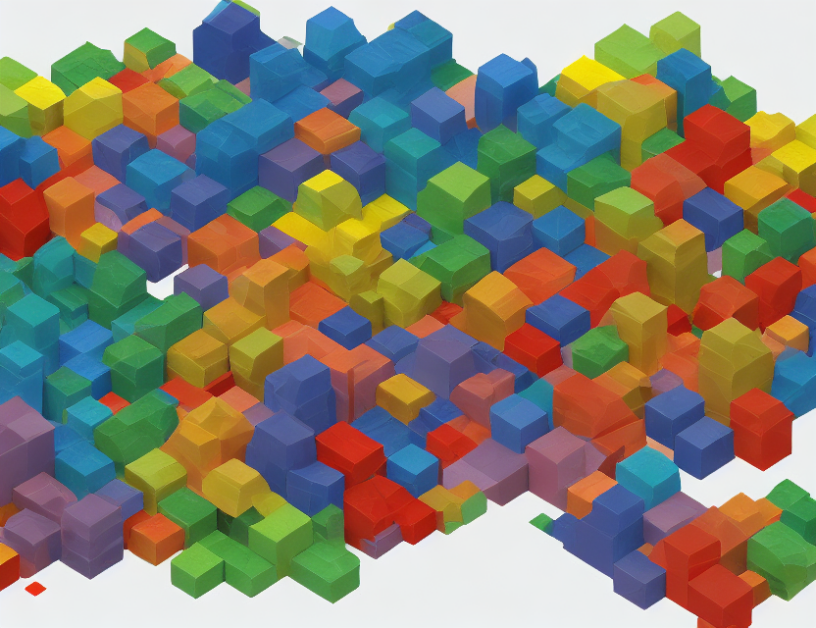Imagine you’re playing with building blocks, but instead of physical blocks, you have a single RGB image of a scene. Can you turn that image into a 3D mesh model of the scene? It sounds like magic, but it’s actually possible thanks to Pixel2mesh, a new technique developed by researchers.
Pixel2mesh is a computer vision algorithm that takes a single RGB image as input and generates a 3D mesh model of the scene. The algorithm works by analyzing the colors and shapes in the image and inferring the 3D structure of the scene. Think of it like trying to reconstruct a 3D building from a 2D photograph – Pixel2mesh does something similar, but for entire scenes instead of individual objects.
The key insight behind Pixel2mesh is that the colors in an RGB image contain information about the 3D structure of a scene. By analyzing these color cues, the algorithm can generate a 3D mesh model that accurately represents the scene. It’s like trying to solve a puzzle – the algorithm takes the colors in the image as clues and pieces them together to form a complete 3D picture of the scene.
One exciting application of Pixel2mesh is in robotics and computer vision. With a simple RGB camera, a robot could generate a 3D model of its environment without the need for any additional sensors or equipment. This would be incredibly useful for tasks like object recognition and navigation. Imagine a self-driving car that can generate a detailed 3D model of a city street from a single RGB image – it could then use this model to navigate the street with ease.
Another potential application of Pixel2mesh is in virtual reality and gaming. With the ability to generate detailed 3D models of real-world scenes from a single RGB image, video game designers could create more immersive and realistic environments for players. Think of it like having a magic wand that lets you turn a 2D image into a 3D world – Pixel2mesh is like that wand, but instead of magic, it’s based on computer vision algorithms and machine learning techniques.
In conclusion, Pixel2mesh is a powerful technique that can generate detailed 3D mesh models from single RGB images. With applications in robotics, virtual reality, and more, this technology has the potential to revolutionize the way we interact with our environments. So next time you’re playing with building blocks, think about how cool it would be if you could turn a single RGB image into a 3D model of an entire scene!
Computer Science, Computer Vision and Pattern Recognition
Unsupervised Semantic Correspondence via Stable Diffusion



